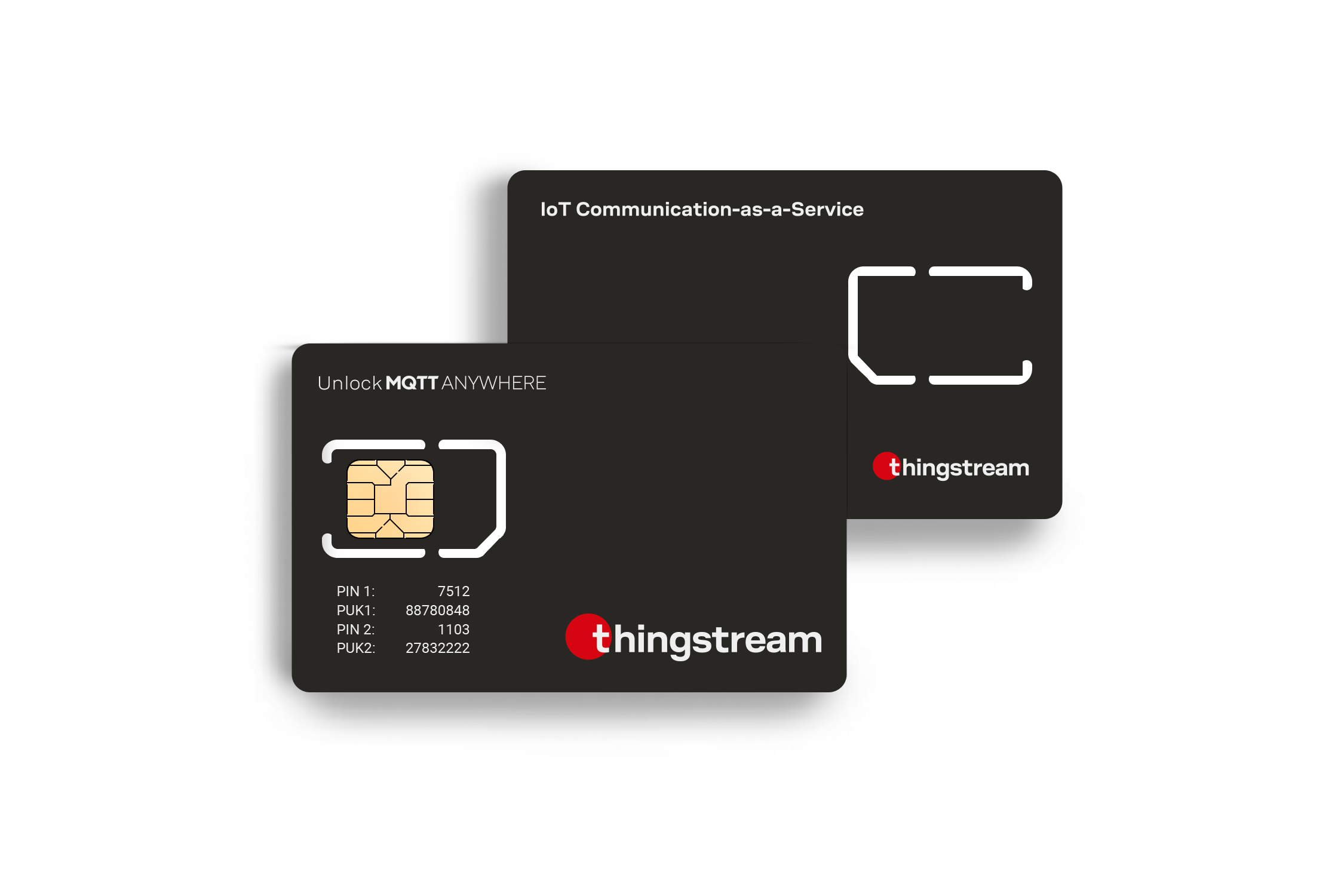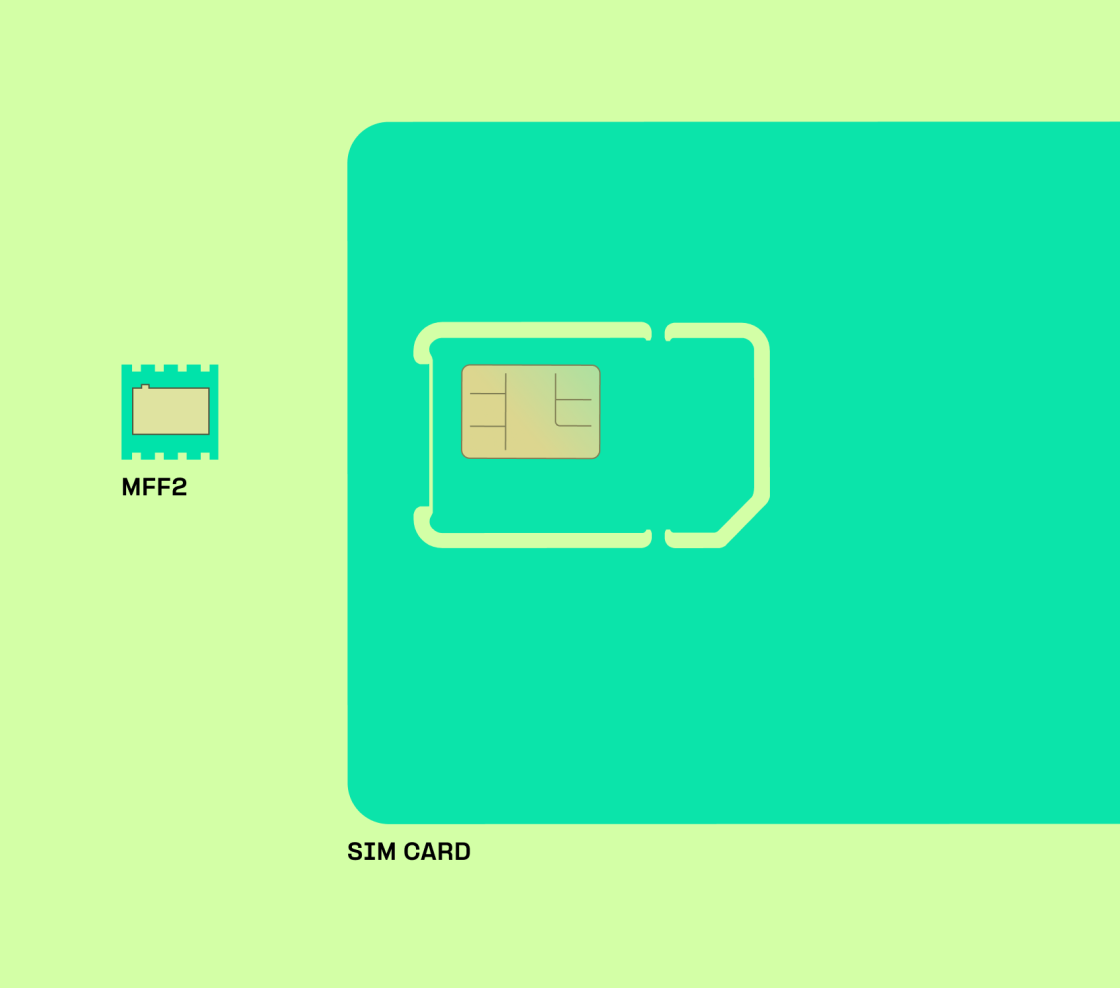Long Range IoT Connectivity Basics of Global IoT Connectivity
IoT Connectivity Companies Platforms for IoT Connectivity Management
The landscape of the Internet of Things (IoT) is vast and varied, offering an array of connectivity options tailored to different use cases. In this advanced ecosystem, the selection between cellular and non-cellular IoT connectivity performs a pivotal function in figuring out the success of IoT deployments.
Cellular IoT connectivity utilizes existing mobile networks to facilitate communication. IoT Connectivity Pricing. This know-how leverages the infrastructure of established cellular services, thereby ensuring extensive protection and excessive data switch rates. The convenience of utilizing cellular networks implies that in depth geographical areas can be lined with out the need for laying new cables or deploying extra infrastructure.
One of the significant advantages of cellular connectivity is its proven reliability. Networks have been optimized over the years, making certain that they can deal with a giant quantity of related gadgets concurrently. In environments where constant and dependable performance is essential, cellular IoT provides a stable foundation, particularly for applications like telemedicine, vehicle monitoring, or smart metropolis solutions.
Managed IoT Connectivity Platform Overview of IoT Connectivity Protocols
Conversely, non-cellular IoT connectivity refers to technologies like Wi-Fi, Bluetooth, Zigbee, and LPWAN. These choices usually function in short-range situations and are usually designed for specific functions. They enable for the institution of native networks that can achieve high-speed knowledge transfers however with restricted range. This can make them a superb alternative for functions confined to a specific area, like house automation or industrial monitoring inside a manufacturing unit.
The alternative between these two connectivity types mainly hinges on the requirements of the precise utility. For instance, a smart meter deployed in a remote location may significantly benefit from cellular connectivity as a outcome of prolonged vary and talent to transmit information over longer distances. On the other hand, a smart home gadget, which operates inside a confined area, may make the most of Wi-Fi or Bluetooth, given their functionality to provide robust local connectivity at lower costs.
Moreover, power consumption varies considerably between cellular and non-cellular technologies. Cellular gadgets, whereas more and more environment friendly, generally consume more power compared to their non-cellular counterparts. This is a important consideration for battery-powered gadgets that goal to function for prolonged durations without having frequent recharges or battery replacements. Non-cellular technologies usually permit for energy-saving modes which can extend operational life, making them ideal for applications the place longevity is paramount.
Connectivity Of IoT Growth of Connected IoT Devices
Cost components additionally play a big position in making a call between cellular and non-cellular connectivity. The deployment of cellular IoT gadgets usually entails service plans that incorporate ongoing subscription costs. In contrast, non-cellular options could require an upfront funding in infrastructure, but they can lead to lower operational prices in the lengthy run.
Security issues come up distinctly in both forms of connectivity. Cellular networks supply a level of built-in safety because of their closed nature and reliance on established protocols. Encryption and authentication processes are sometimes sturdy, making it tough for unauthorized customers to entry the community. Non-cellular technologies, while convenient, can potentially expose gadgets to elevated security dangers, particularly in open networks like public Wi-Fi - Nb-IoT Connectivity.
The scalability of an IoT system is another issue to consider when deciding on connectivity choices. Cellular networks have a tendency to provide greater scalability because of their capacity to accommodate a large volume of gadgets over wide areas. This is particularly useful for enterprises seeking to broaden their IoT deployments without the necessity to overhaul present infrastructure.
IoT Connectivity Plan IoT Connectivity as the Foundation
Non-cellular networks also can scale, however they're typically limited by range and knowledge handling capabilities. In congested environments or densely populated areas, the performance of non-cellular options may diminish, creating bottlenecks that would have an result on the general effectivity of an IoT ecosystem. This contrast can affect the long-term viability of an answer depending on the expected progress and complexity of the application.
Latency is a vital component that distinguishes cellular and non-cellular IoT connectivity. Cellular networks have improved considerably over latest years, but latency can still be higher compared to some non-cellular alternatives. For purposes requiring real-time responses, corresponding to autonomous driving or industrial automation, decrease latency connections are essential. In such instances, edge computing mixed with non-cellular technologies would Continued possibly present the required response occasions.
In summation, the choice between cellular and non-cellular IoT connectivity is much from simple. Each choice carries unique benefits and disadvantages that cater to different application wants. Understanding the precise requirements of a project, from range and reliability to energy consumption and price, is key to making a well-informed alternative.
The course of IoT deployments continues to evolve, with advancements and improvements in both cellular and non-cellular technologies continually reshaping the panorama. As organizations become more and more aware of the implications of their connectivity choices, the significance of tailored solutions to suit distinctive use instances will only proceed to grow.
IoT Connectivity Definition Security and Connectivity in IoT

Future developments in standards and protocols could bridge some gaps between cellular and non-cellular options, potentially leading to hybrid options that capitalize on the strengths of each. Exploring these avenues will be important for stakeholders in navigating the ever-changing world of IoT connectivity.
Ultimately, as companies embark on their IoT journeys, the right connectivity choice will significantly impression their operational effectivity, cost management, and ability to innovate. By carefully considering all relevant elements, organizations can harness the complete potential of their IoT initiatives, leading to transformative outcomes in countless industries.
- Cellular IoT connectivity leverages established mobile networks, offering intensive protection in city and rural areas.
- Non-cellular IoT choices, corresponding to LoRaWAN and Sigfox, are sometimes cheaper to deploy and preserve due to their decrease infrastructure necessities.
- Cellular connections sometimes supply larger information switch charges, making them suitable for functions requiring real-time information transmission.
- Non-cellular options tend to eat less energy, prolonging the lifespan of battery-operated gadgets in distant purposes.
- The rollout of 5G technology enhances cellular IoT capabilities, allowing for more devices to attach concurrently with minimal latency.
- Non-cellular technologies could face challenges with vary and scalability, notably in densely populated environments with interference.
- Security features vary, with cellular connections often incorporating superior encryption standards, whereas non-cellular choices may use easier safety protocols.
- Geographic and environmental elements can influence the performance of non-cellular techniques, making them less reliable in sure places.
- Device management and over-the-air updates could be more streamlined with cellular connectivity because of current frameworks supported by telecom providers.
- The choice between cellular and non-cellular IoT connectivity largely is dependent upon specific use circumstances, prices, and desired network capabilities.
What is the principle distinction between cellular and non-cellular IoT connectivity?
Cellular IoT connectivity utilizes cell networks, allowing gadgets to communicate over long distances. Non-cellular IoT connectivity depends on alternatives like Wi-Fi, Bluetooth, or LoRaWAN, usually suited to shorter ranges and specific environments.
Long Range IoT Connectivity Beginner's Guide to IoT
Which connectivity possibility is more dependable for IoT applications?
Cellular connectivity generally presents higher reliability because of strong network infrastructure and protection. Non-cellular options could be much less reliable, particularly in areas with weak signals or knowledge congestion.
How do prices examine between cellular and non-cellular IoT connectivity?
IoT Connectivity Comparison Tips for Choosing IoT Connectivity Solutions
Cellular connectivity typically incurs greater operational prices as a result of data plans and subscription fees, whereas non-cellular choices would possibly involve lower upfront costs however can incur bills associated to maintenance and infrastructure.
What types of IoT applications benefit most from cellular connectivity?
Applications requiring fixed information transmission or extensive geographic coverage, such as vehicle tracking, smart cities, and remote monitoring, considerably profit from cellular connectivity.
IoT Connectivity Provider Pros and Cons of Top IoT Connectivity Technologies
In what eventualities is non-cellular IoT connectivity preferred?
Non-cellular IoT connectivity is most well-liked in eventualities the place budgets are restricted, similar to house automation and local sensor networks, or where devices need to operate inside a contained space.
How does energy consumption differ between cellular and non-cellular IoT devices?
Cellular units sometimes consume extra energy as a outcome of their have to constantly communicate over mobile networks. Non-cellular devices may be designed for low-power consumption, particularly in short-range purposes.
IoT Connectivity Products Growth of Connected IoT Devices

Is security completely different between cellular and non-cellular IoT options?
Both cellular and non-cellular choices have unique safety challenges. Cellular networks usually have built-in safety protocols, whereas non-cellular options require additional home measures, like encryption, to protect data.
IoT Connectivity Issues Common IoT Connectivity Technologies and Use Cases

Can non-cellular IoT connectivity scale effectively?
While non-cellular IoT connectivity can scale by means of the number of units, it might face limitations in performance and range. Cellular networks are designed to handle a lot of connections successfully, making them a extra smart choice for scalable applications.
IoT Connectivity Control Cellular IoT Revenue Growth in 2023
What function does latency play in selecting between cellular and non-cellular IoT connectivity?
Latency may be essential for functions requiring real-time responses, similar to autonomous vehicles. Cellular networks sometimes offer decrease latency than many non-cellular options, making them preferable for time-sensitive applications.